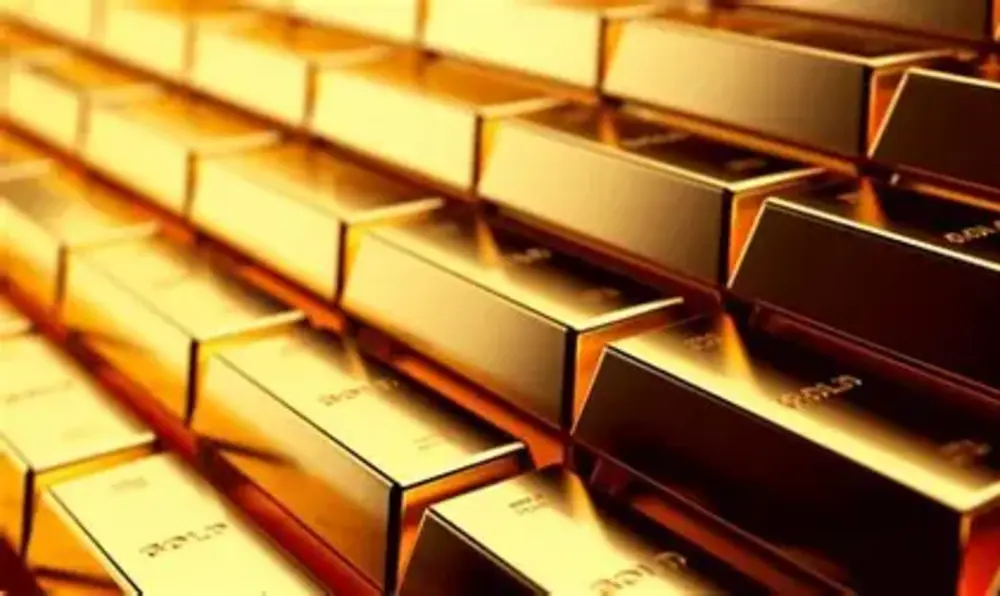Gold Prices Hit Record Highs as Festive Demand and Rupee Weakness Drive Surge
Gold has once again proven its timeless appeal as a safe-haven asset, with prices in India reaching historic highs on August 30, 2025. The yellow metal saw a massive single-day spike of ₹2,100, taking the standard 10-gram rate to ₹1,03,670—marking the highest it has ever been in the Indian market. This dramatic rise is a result of a mix of domestic and global economic triggers, including currency devaluation, increased festive demand, and investor sentiment leaning heavily toward gold amid uncertain times.
The Indian rupee has been under constant pressure in recent weeks, trading at near all-time lows against the US dollar. A depreciating rupee automatically inflates the cost of importing gold, since the metal is globally traded in dollars. India, being one of the world’s largest consumers of gold, imports nearly all of its gold requirement. Therefore, any fluctuation in exchange rates has a direct impact on local prices. As the rupee continues to weaken, jewelers and investors alike are rushing to stock up on gold before it becomes even more expensive.
In addition to currency dynamics, the country is also entering its peak festive season. With Ganesh Chaturthi just around the corner and major celebrations like Dussehra and Diwali approaching in the coming weeks, gold buying is expected to intensify. It is a long-standing tradition in India to buy gold during these festivals, not only for religious reasons but also as a form of investment and gifting. Anticipating this seasonal demand, jewelry retailers have begun increasing their inventories, further fueling the upward pressure on prices.
Moreover, gold has always been viewed as a hedge against inflation. With inflationary pressures rising globally and central banks including the RBI taking cautious policy stances, investors are increasingly turning toward gold to protect their wealth. The recent global economic slowdown, volatile stock markets, and geopolitical concerns have all added to the appeal of gold as a reliable asset. Even among urban investors, digital gold and sovereign gold bonds are gaining popularity, indicating that demand is not limited to physical buyers alone.
On the retail front, the surge in prices is clearly visible. As of today, the price of 24-carat gold has reached ₹10,495 per gram, up ₹164 from the previous trading day. Meanwhile, 22-carat gold, typically used for jewelry, is now priced at ₹9,620 per gram, reflecting a ₹150 increase. These rates vary slightly from city to city due to local taxes and demand-supply dynamics, but the overall national trend is clearly bullish. In cities like Mumbai, Delhi, and Bengaluru, the sentiment is similar: buyers are crowding jewelry stores while investors are keenly monitoring price charts.
Industry insiders believe this rally may not slow down any time soon. While short-term corrections can’t be ruled out, the overall outlook remains firm, especially if the rupee continues to struggle and global inflation concerns persist. Many financial advisors are now suggesting that a certain portion of individual portfolios be allocated to gold, especially in times when traditional equity or fixed-income investments are offering lower returns or are fraught with volatility.
Interestingly, while gold is soaring, silver has also shown notable movement, albeit not as dramatic. Silver prices have climbed steadily and are being watched by traders for potential breakout points. However, the spotlight remains firmly on gold for now, given its cultural, economic, and emotional importance in the Indian context.
One can’t overlook the role of global cues either. Internationally, gold prices have been trending higher as well, hovering around $2,150 per ounce. Geopolitical tensions in Eastern Europe, uncertainty around US Federal Reserve interest rate policies, and slow recovery in China have all contributed to the global demand for gold. As investors pull back from equities and move toward commodities, gold has seen renewed buying on a global scale, and India is no exception.
Back home, the impact of soaring gold prices is also being felt in rural areas, where gold traditionally serves as a store of value and financial backup. Although high prices are deterring some from making large purchases, the sentiment remains positive due to the strong cultural association with the metal. Many are choosing to buy smaller denominations or investing in gold ETFs and savings schemes, which offer flexibility and liquidity while still benefiting from the rising trend.
As of now, there is no clear indication of a reversal in trend. Analysts say that unless the rupee strengthens significantly or global economic risks ease, gold prices are likely to remain elevated. Some even predict that the 10-gram rate could cross ₹1,05,000 in the coming weeks if current market conditions persist.
For the average consumer, this poses both a challenge and an opportunity. While high prices can be a deterrent for buying jewelry, they also mean that existing holdings of gold—whether in the form of coins, bars, or heirloom pieces—have appreciated in value. Many are choosing to leverage this rise by exchanging old jewelry or taking loans against gold.
In conclusion, the sharp rise in gold prices reflects more than just seasonal demand; it’s a convergence of economic caution, currency pressure, and cultural significance. As India heads deeper into its festive season, all eyes will remain on the gold market—not just for its glitter, but for what it tells us about the state of the economy and investor confidence.
